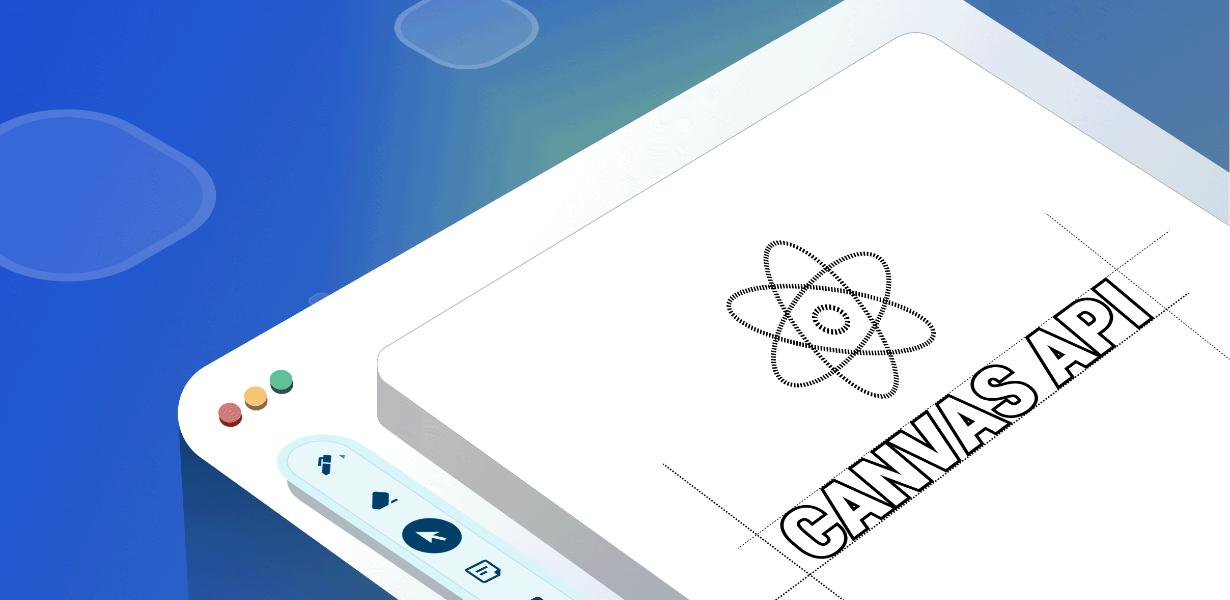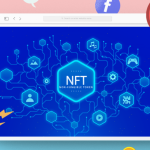
Canvas API Unveiled: Harnessing the Power of Real-Time Collaboration in Web Applications
- Post
- August 8, 2023
- Canvas API, Web APIs, Web Technologies
- 0 Comments
In the ever-evolving landscape of web development, the Canvas API emerges as a game-changer, revolutionizing the way we approach real-time collaboration in web applications. This advanced technology empowers developers to create dynamic, interactive, and collaborative experiences that were once thought to be beyond reach. In this comprehensive exploration, we delve into the capabilities and potential of the Canvas API, demonstrating how it opens the door to a new era of web app interactivity.
Understanding the Canvas API: A Brief Overview
Before we dive deep into the possibilities, let’s grasp the essence of the Canvas API. In essence, the HTML canvas element provides a blank slate, a virtual canvas where developers can render graphics, animations, and even interactive elements using JavaScript. This API provides a pixel-based drawing context, allowing developers to unleash their creativity and build intricate visualizations right within the web browser.
The Canvas API is supported by modern browsers and is a core component of HTML5, offering an alternative to the traditional DOM-centric approach to web development.
Exploring the Potential of Canvas API: Real-Time Collaboration
Enabling Multi-User Drawing Boards
Imagine an online brainstorming session where participants can collectively sketch out ideas in real time. The Canvas API enables developers to create shared drawing boards, allowing multiple users to contribute simultaneously. Each stroke and brushstroke can be synchronized across all connected devices, facilitating seamless collaboration regardless of geographical distance.
Interactive Data Visualization
Static charts and graphs are a thing of the past. With the Canvas API, developers can craft dynamic and interactive data visualizations that respond to user input. From interactive maps that highlight geographical trends to animated graphs that bring data to life, the possibilities for engaging user experiences are boundless.
Collaborative Online Games
Gone are the days of solitary gaming experiences. The Canvas API opens the door to building collaborative online games where players can interact in real time. Whether it’s a strategy game, a puzzle-solving adventure, or a virtual scavenger hunt, the Canvas API empowers developers to create captivating multiplayer experiences.
Live Diagramming and Annotation
In educational and professional settings, real-time collaboration is crucial. The Canvas API can facilitate live diagramming and annotation, allowing participants to illustrate concepts, highlight key points, and collectively brainstorm ideas. This feature finds its application in virtual classrooms, remote team meetings, and creative workshops.
Mastering Canvas API: Technical Implementation
To harness the true potential of the Canvas API, developers must have a solid grasp of its technical intricacies:
Drawing Context and Rendering
At the heart of the Canvas API lies the drawing context, an environment that defines the properties and methods for rendering graphics. Developers can choose between 2D and 3D contexts, enabling them to create anything from simple shapes to complex scenes with lighting and textures.
Event Handling for Collaboration
Real-time collaboration relies on effective event handling. By capturing user actions such as mouse movements and clicks, developers can synchronize changes across all instances of the canvas, ensuring a seamless collaborative experience.
Optimizing Performance
With great power comes the responsibility to optimize performance. High-resolution graphics and complex animations can strain system resources. Developers must implement techniques like buffering, caching, and minimizing resource-intensive operations to ensure smooth interactions across devices.
Commonly Asked Questions
Q1: Can the Canvas API replace traditional DOM elements?
While the Canvas API offers unparalleled visual capabilities, it’s not a one-size-fits-all solution. DOM elements remain essential for structuring content and creating interactive interfaces, while the Canvas API excels in creating dynamic visuals and animations.
Q2: Which browsers support the Canvas API?
The Canvas API enjoys broad browser support among modern browsers, including Chrome, Firefox, Safari, and Edge. However, it’s essential to stay updated with browser versions for optimal performance.
Q3: Is the Canvas API suitable for mobile applications?
Absolutely. The Canvas API’s capabilities extend to mobile devices, enabling developers to create immersive and interactive experiences for users on smartphones and tablets.
Q4: How does the Canvas API impact accessibility?
Accessibility remains a priority. Developers must ensure that Canvas-based content is accompanied by appropriate alternative text and that interactive elements are keyboard-navigable, ensuring a seamless experience for all users.
Q5: Are there any security considerations for real-time collaboration?
Indeed, security is paramount, especially when dealing with collaborative data. Implementing robust authentication, data encryption, and access controls are critical to safeguarding user information and interactions.
Final Words
In the realm of web development, the Canvas API stands as a beacon of innovation, ushering in an era of real-time collaboration and interactive experiences. By harnessing its potential, developers can craft applications that inspire, educate, and engage users in unprecedented ways. The Canvas API’s power to create dynamic visuals, facilitate real-time collaboration, and transform user interactions places it at the forefront of modern web development. Embrace the Canvas API and unlock the potential to redefine the way we experience the web.




